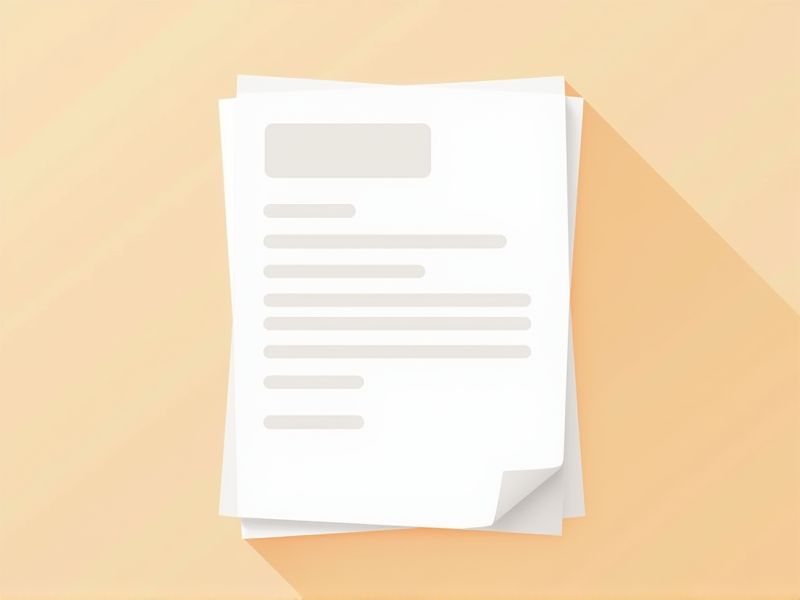
When you need to formally request approval for an activity or access, using a well-structured permission letter is essential. This type of letter clearly communicates your purpose, specifies the details, and shows respect for the recipient's authority. Typically, it includes a polite salutation, a clear statement of the request, relevant dates or times, and a courteous closing. Writing an effective permission letter can improve the chances of getting your request approved promptly. To help you craft a perfect letter, check out the various permission letter templates available in this article.
Samples of letter format for permission example
Permission Letter Format For School Leave
Formal Permission Letter Template For Office
Permission Letter Example For Event Participation
Letter Format Requesting Permission For Project
Sample Permission Letter For Research Access
Permission Request Letter Format For Travel
Example Letter Format For Parental Consent
Permission Letter Template For Using Property
Letter Format For Permission To Use Images
Request For Permission Letter Format For Volunteers
Permission Letter Example For Field Trip
Letter Format Seeking Permission For Interview
Permission Letter Template For Classroom Activities
Example Of Permission Letter For Film Screening
Letter Format For Permission To Conduct Survey
Sample Permission Letter For Educational Purposes
Formal Letter Requesting Permission For Collaboration
Permission Letter Format For School Project
Example Letter For Property Access Permission
Letter Format For Permissions Regarding Publication
Important Things to Know when Writing Letter Format For Permission Example
Proper Header With Sender And Receiver Details
A proper letter format for a permission request includes a well-structured header that clearly lists both the sender's and receiver's details. Start with your name and address aligned to the left, followed by the date, and then the recipient's name, title, and address below that. This format not only gives your letter a professional appearance but also ensures that the recipient can easily identify who the letter is from and how to reach you. Attention to this detail demonstrates respect for formal communication and can help facilitate a prompt response to your request.
Clear And Concise Subject Line
A clear and concise subject line is crucial in a permission letter, as it immediately informs the recipient of the letter's purpose. This element ensures that your request is not overlooked or misunderstood, making it easier for the reader to prioritize and respond. Aim for brevity while being specific, such as "Request for Permission to Use Classroom Facilities," to effectively convey your intent. By crafting an impactful subject line, you enhance the likelihood of receiving a prompt and favorable response.
Formal Greeting And Salutation
A formal greeting and salutation set the tone for your permission letter, ensuring professionalism and respect. Start with an appropriate salutation, such as "Dear [Recipient's Name]," followed by a comma, which establishes a cordial connection. If the recipient's name is unknown, "Dear Sir/Madam," can be used as a suitable alternative. This initial approach is crucial, as it reflects your intent and the seriousness of your request.
Polite And Specific Request For Permission
When writing a letter to request permission, it is essential to maintain a polite and respectful tone throughout. Clearly state the specific action or request you are seeking permission for to avoid any ambiguity. Include relevant details such as the context, reasons for your request, and any necessary deadlines to help the recipient understand the importance of your inquiry. A well-structured letter not only reflects your professionalism but also increases the likelihood of receiving a favorable response.
Closing With Signature And Contact Information
When closing a permission letter, it's essential to include a formal closing phrase, such as "Sincerely" or "Best regards," followed by your signature. Below your signature, add your printed name to ensure clarity regarding the author of the letter. Including your contact information, such as your phone number and email address, facilitates easy communication for any follow-up questions or confirmations. This structured approach not only reflects professionalism but also enhances the overall effectiveness of your request.
